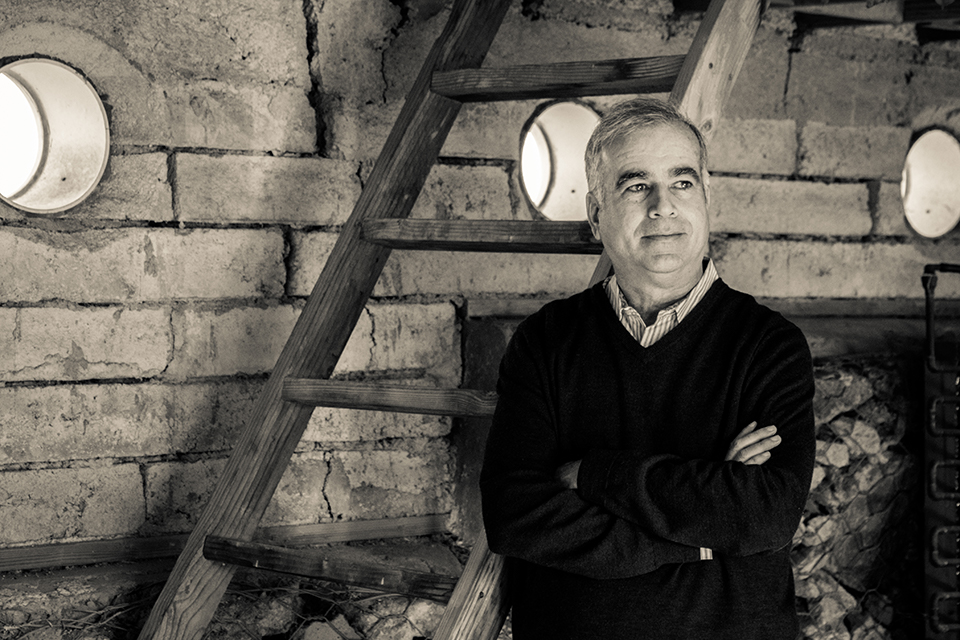Cal Poly Pomona represents U.S. in international research consortium
December 16, 2019

The Lyle Center for Regenerative Studies will share a $26,000 grant with five other universities from Australia, Austria, Italy, Spain and Singapore to research nanotechnology-based thermochromic materials that can be used to design buildings that perform better under the stresses of climate change.
Former Interim Director Pablo La Roche with architecture and Lyle Center lecturer Eric Carbonnier – an associate principal and vice president of sustainability at HMC Architects’ Los Angeles studio – will be representing Cal Poly Pomona as the only U.S. institution involved in the international research consortium convened by the Consejo Superior de Investigaciones Cientificas (Superior Council of Scientific Investigations).
“This provides an opportunity to participate in an important research project with universities in different parts of the world to develop and test advanced coatings so the buildings that we design perform better, reducing our impact on climate change,” La Roche said.
The consortium involves six partners from six different countries: Cal Poly Pomona; Politecnico de Torino in Turin, Italy; the University of New South Wales in Sydney, Australia; the National University of Singapore; Graz University of Technology in Graz, Austria; and the CSIC’s El Instituto de Ciencias de la Construccion Eduardo Torroja (IETcc-CSIC) in Madrid, Spain. The two-year research project concludes in 2021.
Thermochromic (TC) materials are smart materials that change colors in response to temperature fluctuations. Their adaptive response to solar radiation has proven useful when implemented in building envelopes for improving energy efficiency and mitigating environmental impact in urban areas. Current applications are mainly limited to vanadium oxide and pigments for paints and cement-based coatings. But the group perceives the need for further research in more innovative approaches to improve the potential for energy conservation and the durability of TC materials.
"They can't signal the temperature," La Roche said. "These coatings help to cool by radiating back to the air the energy – heat – that they have absorbed. Imagine if they send back more energy than they are absorbing during the daytime. The coating will be the building's air conditioner."
The consortium has two primary research objectives:
- Selecting viable nano-TC materials and technologies for adaptive building envelopes
- Forming a multidisciplinary and international group that may successfully apply European calls for funding the complete development of selected nano-TC buidiling materials
To this end, the development of these nano-TC materials are intended to contribute to the CSIC’s 8th Annual Challenge on Clean, Safe and Efficient Energy. Outcomes from the research will also seek to meet several of the United Nations Sustainable Development Goals, in particular Goal 7 on “Affordable and Clean Energy” and Goal 11 on “Sustainable Cities and Communities.” Advancements in nano-TC materials also have implications for regions that experience Mediterranean climate around the world, from countries around the Mediterranean Sea to southwestern Australia and sections of California and Oregon.
“The six groups of the consortium have advanced facilities and different funding resources (local, national, European) to develop their current research activities, including those related to the proposed internationalization network,” the proposal described. “The proposed project will consolidate a consortium of the six described groups that wish to take advantage of their individual capacities, their clear complementarities and their expected synergies to lead the implementation of nano-TC materials in more sustainable building environments.”
Official page: CSIC International Cooperation i-Link+ Program